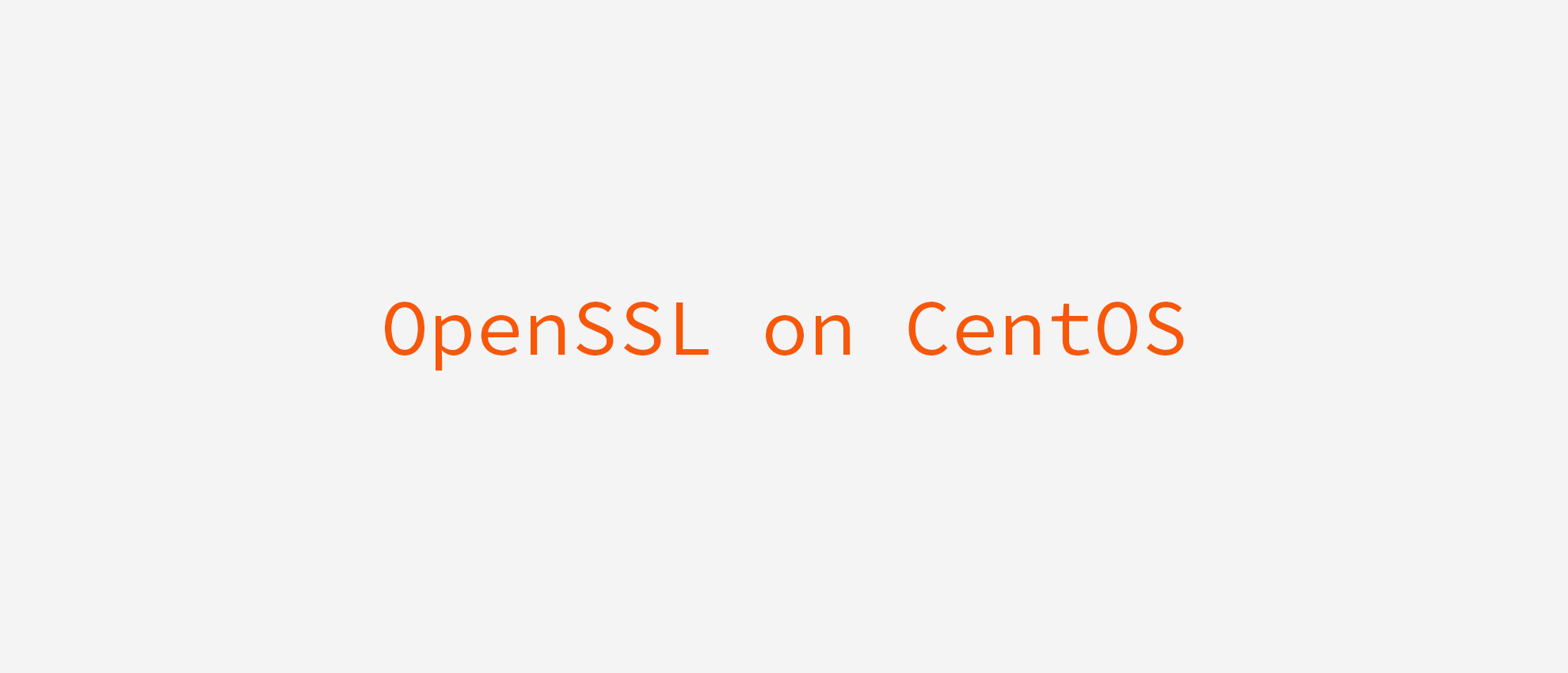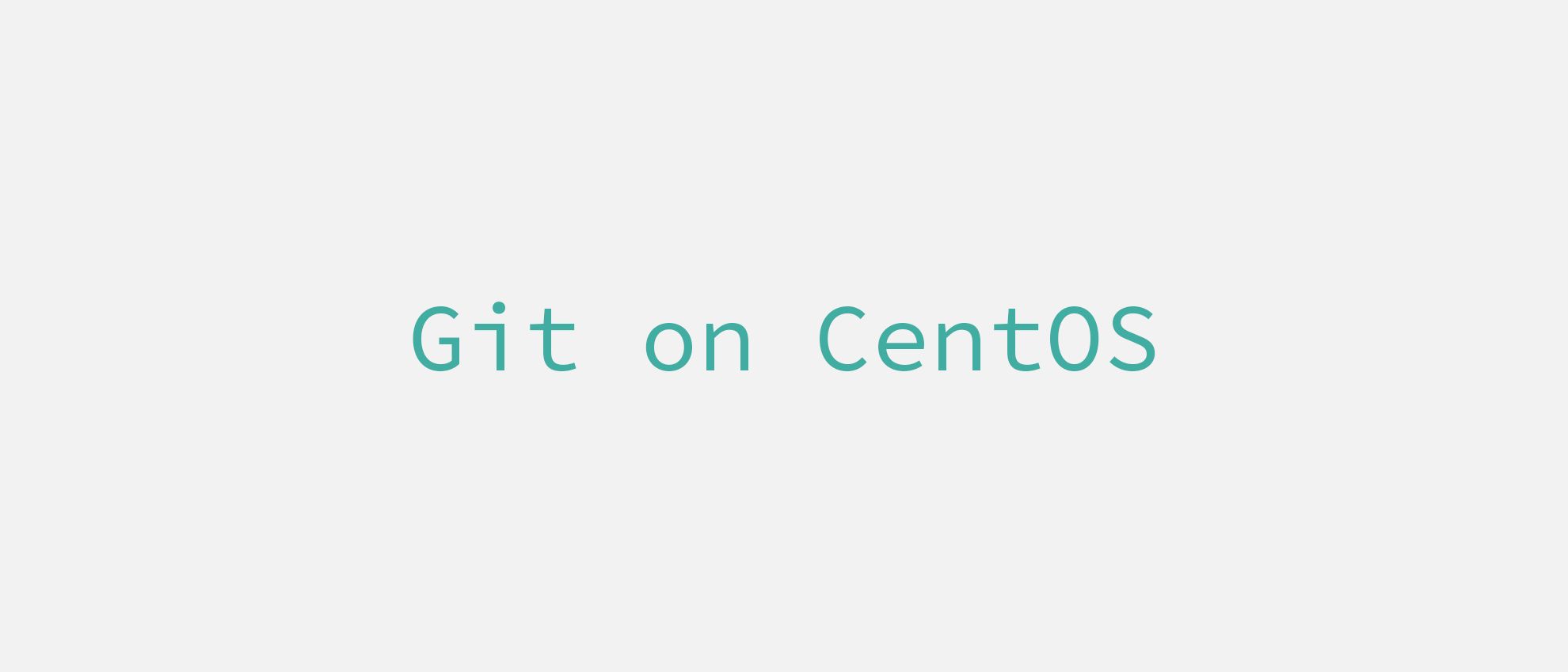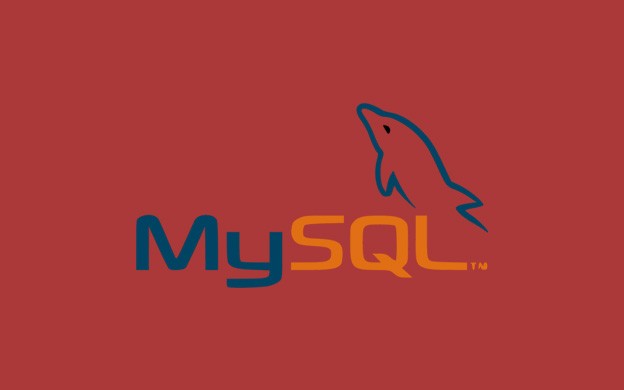
How to install latest version of OpenSSL on CentOS?
Tutorial showing how to install latest version of OpenSSL 1.1.1c on CentOS 7.

Tutorial showing how to install latest version of OpenSSL 1.1.1c on CentOS 7.

Short tutorial showing how to disable Transparent Huge Pages (THP) on CentOS 7. Manual and automatic method included.

Short tutorial about installing latest version of GIT on CentOS. How to compile software from soft + advantages and disadvantages of such approach.

This will be pretty short tutorial about NTP. I will show you how to install and configure NTP on your server. What is NTP? NTP stands for Network Time Protocol and it keeps the server synchronised with correct time. Moreover you can synchronise all servers to one of your server to make sure that all […]

Yum is a package manager on CentOS. You will probably use it pretty often to install some software. In this article I will show you how to configure it, how to speed up packages installation and how to use something more than just yum install package-name. Create list of installed packages One of the first […]

In this episode we will make our websites fly with Varnish on CentOS. What exactly is Varnish? Varnish is an HTTP accelerator designed for websites with high traffic. It can speed up you website significantly, especially when you have more reads than writes. It’s designed to handle heavily loaded websites as well as APIs. It’s […]

Hello everyone! In this tutorial I will show you how to increase server security by tuning up configuration of SSH. Before you begin There are basically two requirements for this tutorial: You need to have working SSH keys. You need to be able to login to your server by using them. After completing this tutorial, SSH […]

I will show you how to organise groups and users in CentOS. As an example we will create account for user named developer. The purpose of this account is: logging via SSH instead of using root account access to sudo command for management tasks write access to website files read access to logs Create list […]

Hi there! In this tutorial I would like to show you how to increase server security by using iptables as a firewall. To be honest, not many people are actually using iptables or any firewall. I think that this is bad practice, because you they allow all traffic to go in and out. You should […]

Hi there! Today I want to show you how to install latest version of MySQL Community server (5.7.16) on CentOS 7. I will show you how to install it, set root password, configure server and optimize it for performance. Also I will show you how to create databases and assign users to them. How to […]